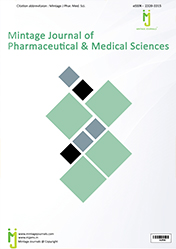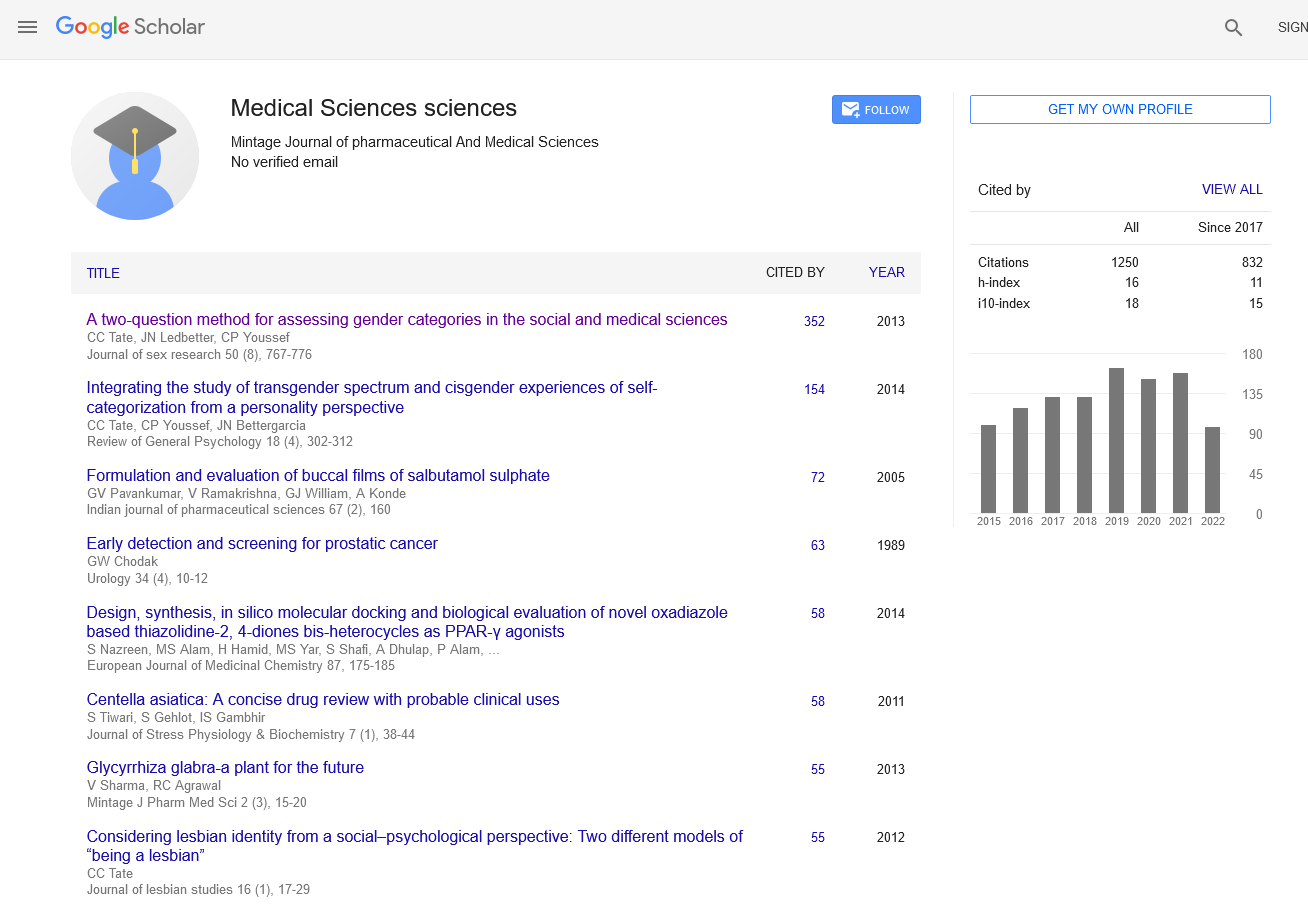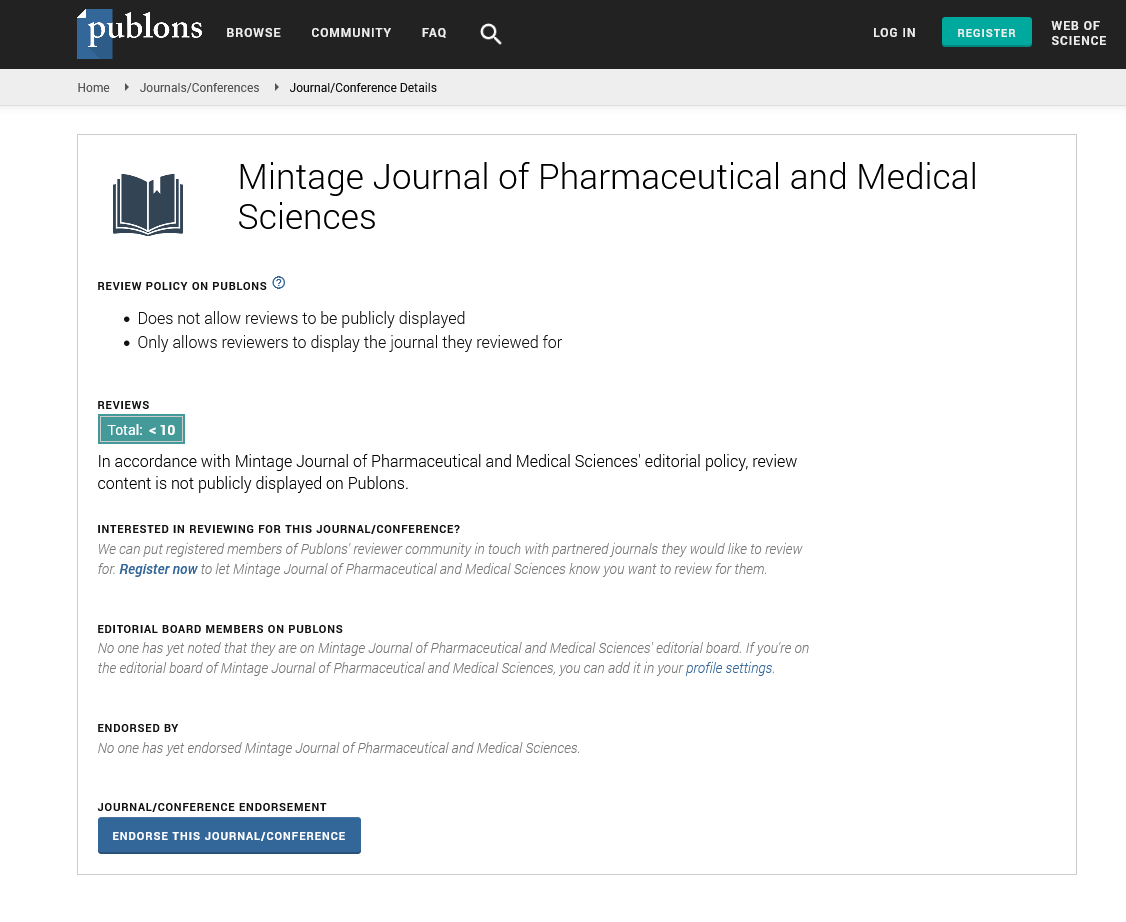Fungi Cultivation: Unlocking the Potential of Microbial Biotechnology
Commentary - (2024) Volume 13, Issue 3
Description
Fungi cultivation plays a pivotal role in a wide range of scientific, medical, and industrial applications. From producing antibiotics and enzymes to developing food products and biofuels, the controlled growth of fungi is essential to harnessing their potential. Fungi, which include molds, yeasts, and mushrooms, are among the most versatile organisms, thriving in diverse environments and offering valuable bioactive compounds. Culturing fungi allows researchers to study their physiology, genetics, and metabolic capabilities, while also enabling industries to utilize them for large-scale production of goods and medicines. Fungi cultivation typically begins by isolating the fungal species of interest. This is often done in a laboratory setting, where a specific strain is selected for its desirable traits, such as its ability to produce enzymes, antibiotics, or secondary metabolites. The isolation process often involves collecting samples from natural environments, such as soil, plant surfaces, or decaying organic matter, where fungi naturally thrive. Once isolated, the fungal species are grown on nutrient-rich media to allow for propagation and study. The choice of growth medium is critical to successful fungal cultivation. Fungi require specific nutrients for growth, including a source of carbon, nitrogen, vitamins, and minerals. Common media used in fungal culture include Potato Dextrose Agar (PDA), Malt Extract Agar (MEA), and Sabouraud Dextrose Agar (SDA), each providing a suitable environment for different types of fungi. For example, PDA is widely used for cultivating molds, while SDA is often used for the growth of pathogenic fungi such as those involved in medical research. The composition of the medium can be modified to favor certain fungal species or to stimulate the production of particular compounds, making the selection of growth conditions an important consideration in fungal cultivation. Environmental factors also play a significant role in the successful growth of fungi. Temperature, humidity, pH, and light all influence the rate and nature of fungal growth. Most fungi grow optimally at temperatures ranging from 20°C to 30°C, but certain species, particularly thermophilic fungi, can tolerate higher temperatures. Humidity is equally important, as fungi thrive in moist environments, and water availability is crucial for their metabolic processes. pH levels typically range from slightly acidic to neutral for optimal fungal growth, although some fungi, such as those in the genus Aspergillus, can tolerate more extreme pH levels. Light exposure may influence the growth and development of some fungi, particularly those that form spores, although many fungi grow well in the dark, making it easier to culture them in controlled conditions. In addition to solid media, fungi can be cultivated in liquid cultures, known as submerged fermentation. This method is commonly used for industrial applications where large-scale production of fungal metabolites, enzymes, or biomass is required. In submerged fermentation, fungal spores or mycelium are inoculated into a liquid broth containing the necessary nutrients for growth. As the fungi grow and multiply, they produce metabolites that are harvested from the liquid medium. This method is used to produce commercially valuable products such as citric acid, antibiotics (e.g., penicillin), and fungal enzymes used in food processing, detergents, and biofuel production. An alternative cultivation technique involves solidstate fermentation, which mimics the natural environment of fungi by growing them on solid materials such as grains, straw, or organic waste. This method is particularly useful for fungi that produce valuable enzymes or secondary metabolites when growing in low-moisture conditions. Solid-state fermentation is widely used in the production of fungal enzymes like cellulases and amylases, which are important in industries such as food, textiles, and biofuels. It is also the preferred method for cultivating edible fungi, such as mushrooms, which are grown on substrates like compost or sawdust. Fungi cultivation has also contributed immensely to the pharmaceutical industry. One of the most significant breakthroughs in medical history, the discovery of penicillin, came from the cultivation of the mold *Penicillium notatum*. This antibiotic revolutionized the treatment of bacterial infections and paved the way for the development of other life-saving antibiotics derived from fungi. Fungi continue to be a rich source of bioactive compounds with antimicrobial, anticancer, and immunosuppressive properties. The cultivation of fungi for drug discovery is an area of ongoing research, with many pharmaceutical companies exploring new fungal species for novel therapeutic compounds. Beyond the pharmaceutical and industrial sectors, fungi cultivation is essential in agriculture, where fungi are used as biofertilizers and biopesticides. Mycorrhizal fungi, for example, form symbiotic relationships with plant roots, helping plants absorb nutrients more efficiently while improving soil health. The cultivation of such beneficial fungi can enhance crop yields and reduce the need for chemical fertilizers. On the other hand, certain fungi, such as Beauveria bassiana, are cultivated as biopesticides because of their ability to infect and kill insect pests, offering an eco-friendly alternative to chemical pesticides. In conclusion, fungi cultivation is a vital process with far-reaching implications across various industries, including pharmaceuticals, agriculture, and biotechnology. The ability to grow fungi in controlled environments allows for the exploration of their incredible diversity and the harnessing of their metabolic capabilities for producing valuable products. From life-saving drugs to sustainable agricultural practices, fungi play a key role in addressing global challenges, and their cultivation continues to unlock new possibilities for innovation and discovery.
Acknowledgement
The authors are very thankful and honoured to publish this article in the respective Journal and are also very great full to the reviewers for their positive response to this article publication.
Conflict Of Interest
We have no conflict of interests to disclose and the manuscript has been read and approved by all named authors.
Author Info
Yang LIu*Received: 02-Sep-2024, Manuscript No. mjpms-24-147870; , Pre QC No. mjpms-24-147870 (PQ); Editor assigned: 04-Sep-2024, Pre QC No. mjpms-24-147870 (PQ); Reviewed: 18-Sep-2024, QC No. mjpms-24-147870; Revised: 23-Sep-2024, Manuscript No. mjpms-24-147870 (R); Published: 30-Sep-2024, DOI: 10.4303/2320-3315/236023
Copyright: © This article is an open access article distributed under the terms and conditions of the Creative Commons Attribution (CC-BY) license (http://creativecommons.org/licenses/by/4.0/)

ISSN: 2320-3315
ICV :81.58

